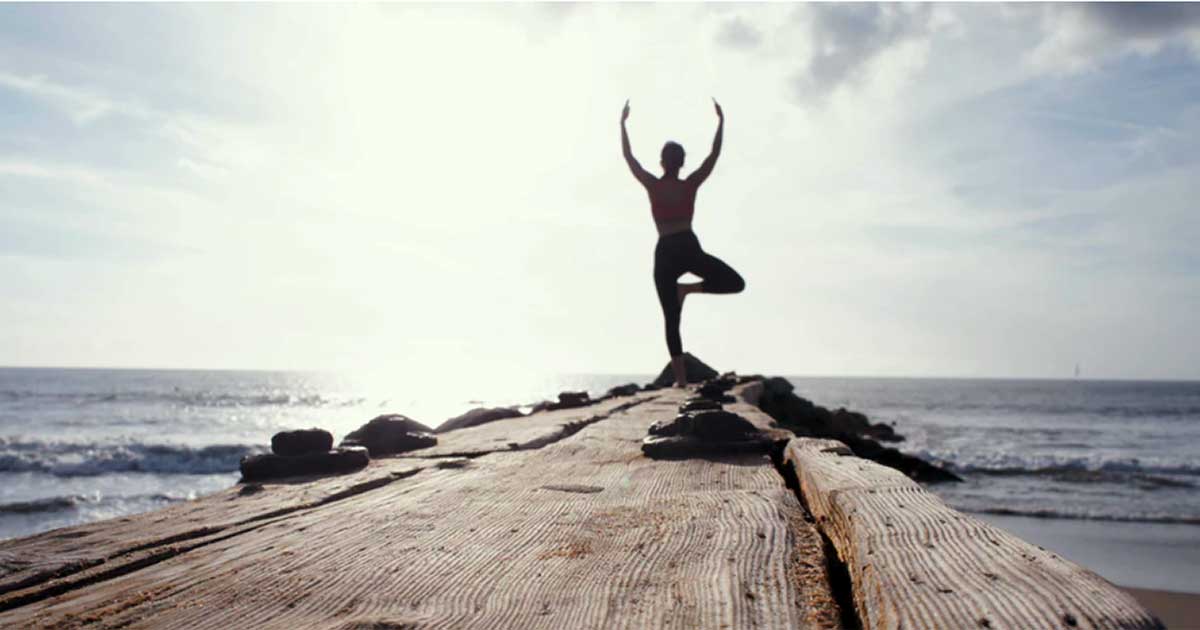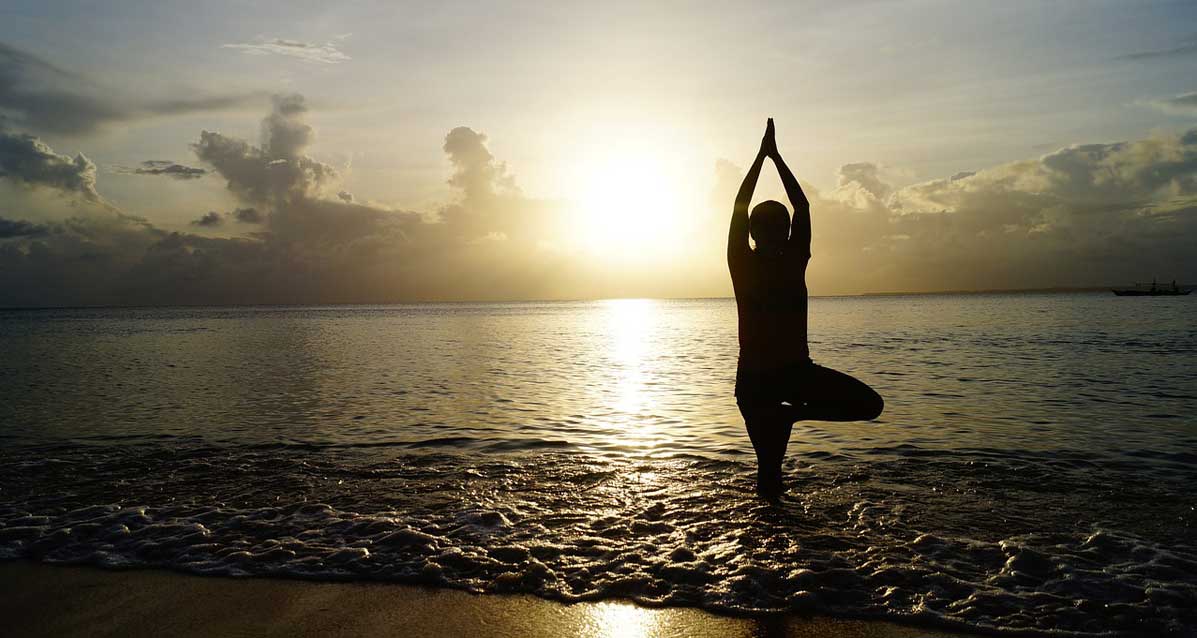As we age, our sense of balance and stability decline - but it doesn't have to be so. Read about ways to improve your balance and avoid potential injury. Bonus - five-minute balance video!
- story by Denise Jacobs
According to the Vestibular Disorders Association (VeDa), over 69 million Americans suffer from the “frequently debilitating symptoms” of chronic imbalance. The vestibular system, you might remember from a Human Anatomy class, includes the parts of the inner ear and brain that process sensory information involved in balance.
Unfortunately, as we age, our balance and stability tend to decline just like our eyesight and hearing. However, the deterioration of balance is not inevitable, and there are preventive actions individuals can take to decrease the risks associated with imbalance as we age. Chief among the risks of imbalance is the danger of falling. American Senior Communities lists fall-related injuries as the most common reason senior citizens visit hospital emergency rooms. Falls, often exacerbated by clutter, small pets, slippery floors, loose shoes and house slippers, are also a leading cause of injury-related deaths. We should note that there is more to falling than a simple lack of balance. Dr. Charlotte Shupert explains that the tendency to fall should not be dismissed as an “unavoidable” consequence of aging but may be an important sign of a disease that might be treated. We are far from helpless. While some loss of balance is associated with the loss of muscle mass, a normal part of aging, VeDa contends that we can perfect or even master our balance through practice and exercise — a number of experts agree. Harvard Medical School’s Dr. Anthony Komaroff recommends specific muscle-strengthening exercises. Healthy Aging for Women Babyboomers recommends Tai Chi and walking to improve our balance. Some sources suggest that sand walking can teach our bodies to react instantly to changing surfaces, which contributes to balance and coordination. Local Kripalu yoga instructor Rebecca Kronlage of Tree House Yoga and Wine, Women, and Yoga, recalls walking her dog, Willie, who, in enthusiastic pursuit of a squirrel, suddenly pulled Rebecca off her feet. She credits yoga with helping her stay relaxed in spite of the shift in her body. “My legs were actually behind my torso. What I saw coming towards my face was a picket fence. Without much thinking, my legs naturally adjusted themselves and caught up with my torso. I relaxed into the imbalance and let my body and my stability from years of practicing yoga bring me back to my center.” Kronlage recommends a walking meditation, a practice involving walking in slow motion, as a way of restoring our balance and grounding ourselves.
The Vestibular Disorders Association has designated September 15-21, 2019, as Balance Awareness Week. It’s a series of virtual events, both online and in communities around the world. Check www.vestibular.org for opportunities to get involved.
In the meantime, take a look at our staff pick for most helpful resource—a five-minute routine recommended by Dr. Oz to get the body in alignment, release tension, and improve balance. Comments are closed.
|
Categories
All
Archives
July 2024
|
Shoofly Magazine Partners
Our Shoofly Partners are local businesses and organizations who share our mission to enrich community life in Bay St. Louis, Waveland, Diamondhead and Pass Christian. These are limited in number to maximize visibility. Email us now to become a Shoofly Partner!
































 RSS Feed
RSS Feed























